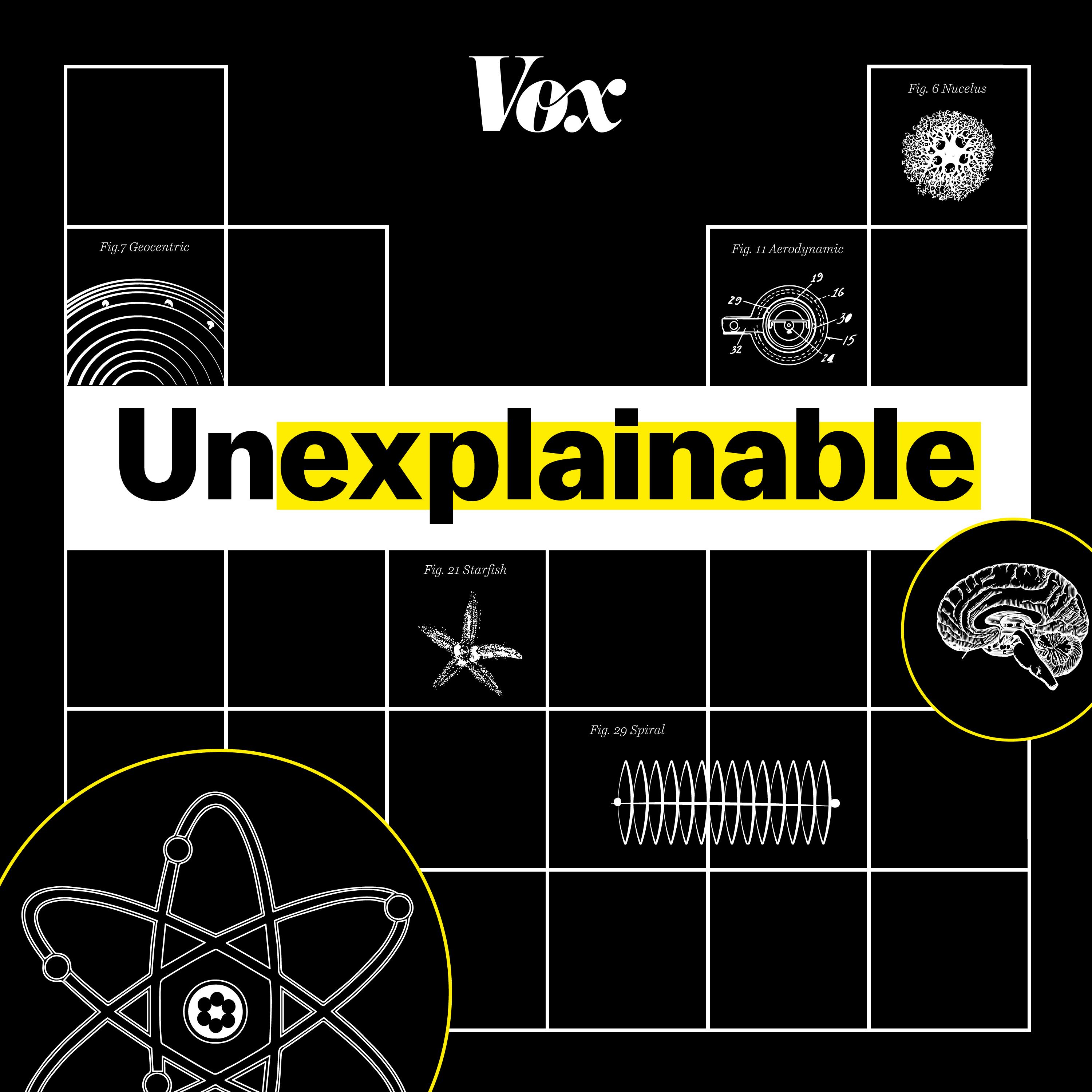
Pinky and the (lab-grown) Brain

Unexplainable
Deep Dive
Why do many new drugs that work in animal models fail in human trials?
Animal models often do not accurately predict human responses, leading to a high failure rate in human trials. They may miss potential drugs that could work in people or pass drugs that are toxic to humans.
What are the potential benefits of using organ-on-a-chip technology in drug development?
Organ-on-a-chip technology can more accurately identify drug toxicity, especially liver toxicity, which is frequently missed in animal models. It is also cheaper and faster than using non-human primates.
How do organoids differ from organ-on-a-chip technology?
Organoids are 3D cell cultures grown in the lab that mimic specific human tissues, allowing for personalized treatment and study of rare diseases. They are more complex than organ-on-a-chip models but still have limitations in representing full organ functions.
Why might computer models be a good alternative for toxicity testing?
Computer models can predict toxicity more accurately than animals and are faster and cheaper. They rely on algorithms and AI, making them efficient for large-scale chemical testing.
What are the limitations of organoids and organ-on-a-chip technology?
Both organoids and organ-on-a-chip models have limitations in fully representing the complexity of human organs and interacting systems. They are useful for specific functions but cannot replace the need for studying full biological systems.
Why do some researchers still prefer using animals for certain types of research?
Animals are necessary for studying complex, interconnected biological systems and basic physiological functions that alternatives like organoids or computer models cannot fully replicate. They provide insights into how healthy systems work and the fundamental principles of diseases.
How can computer models complement animal research in neuroscience?
Computer models can predict brain activity and help researchers focus on specific brain areas, making experiments more targeted and potentially reducing the number of animals needed in research.
- 100 million animals are used annually for scientific research.
- 90% of new drugs that work in animal models fail in human trials.
- Animal models may weed out drugs that could work in humans and pass toxic ones.
Shownotes Transcript
It’s not great to be a lab rat. And it turns out, lab rats might not be that great for science either. Could the future be little lab-grown brain clumps?
Guest: Rachel Nuwer), science journalist; Lisa Genzel), professor of neuroscience at Radboud University
For show transcripts, go to vox.com/unxtranscripts)
For more, go to vox.com/unexplainable)
And please email us! [email protected])
We read every email.
Support Unexplainable by becoming a Vox Member today: vox.com/members)
Learn more about your ad choices. Visit podcastchoices.com/adchoices)